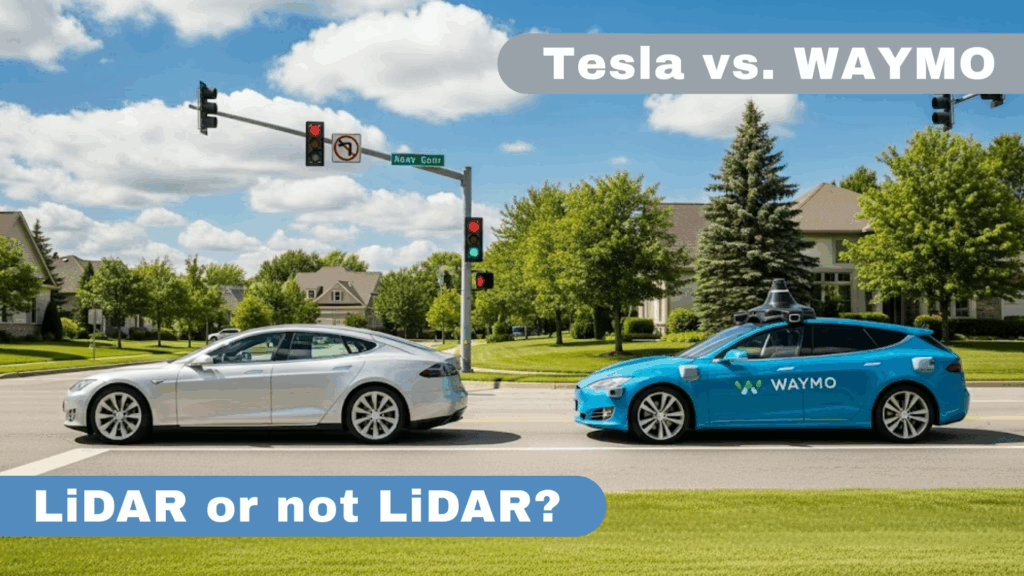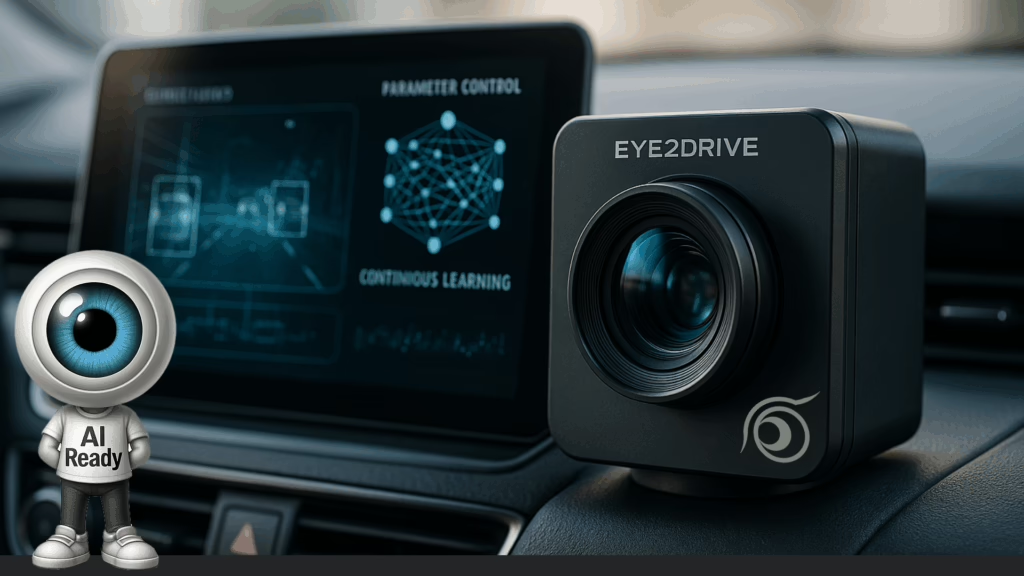The Divergent Paths of LIDAR Technology in AV: The Chinese and American Strategies

In the rapidly evolving landscape of autonomous vehicle technology, a striking divergence in strategy between Chinese and American companies has become evident (Quartz), particularly in their approach to LIDAR technology in AV and sensor integration. While American giants like Tesla have famously eschewed LIDAR in favor of a camera-centric vision system, their Chinese counterparts are charting a different course, embracing a multifaceted sensor strategy that could redefine industry standards.
The Chinese Approach: A Symphony of Sensors
Chinese firms such as XPeng, Nio, and Li Auto are pioneering a holistic approach to autonomous driving technology. Unlike Tesla‘s reliance on cameras, these companies are integrating an array of sensors, including LIDAR, high-definition cameras, millimeter-wave radars, and ultrasonic sensors, to create a robust, redundant system capable of navigating the complexities of real-world driving. This multi-technology strategy enhances the vehicle’s perception capabilities and addresses the critical safety concerns of autonomous driving.
XPeng and Nio, for instance, deploy upwards of 30 sensors, including dual LIDAR units for XPeng and strategic placement for Nio, to ensure comprehensive environmental awareness. While adopting a camera-first philosophy, Li Auto still incorporates LIDAR as a crucial backup, underscoring the perceived value of LIDAR in augmenting camera data, especially under challenging conditions.
The Need for Next-Generation Sensors
This divergence highlights a pressing need to develop new sensor technologies, such as the EYE2DRIVE dynamic sensor, that can bridge the gap between the camera-centric and multi-sensor approaches. The goal is to achieve a level of performance and price competitiveness that can rival, if not surpass, the multifaceted sensor strategy employed by Chinese firms. Dynamic sensors can overcome issues like flickering, ghosting, and changes in exposure, which often affect traditional sensors and cameras. Such advancements are crucial for American companies to remain at the forefront of the autonomous vehicle industry.
Implications for the Automotive Industry
For executives and middle managers in the automotive sector, this divergence in strategy underscores the importance of continuous innovation in sensor technology. The Chinese approach, emphasizing a combination of technologies, offers a compelling blueprint for enhancing safety and reliability in autonomous vehicles. However, the development of advanced sensors like the EYE2DRIVE, capable of overcoming the limitations of current technologies, is essential for creating a competitive edge in a market increasingly defined by its technological sophistication.
As the industry moves forward, companies must monitor these technological trends and invest in the research and development of sensor technologies to meet the evolving demands of autonomous driving. The race towards fully autonomous vehicles is about who gets there first and who does so with the utmost commitment to safety, reliability, and efficiency.

Conclusion
The strategic divergence between Chinese and American companies in using LIDAR technology in AV and other sensors for autonomous vehicles is more than a technical debate; it reflects differing visions for the future of transportation. As the industry evolves, integrating advanced sensors like the EYE2DRIVE will be pivotal in navigating the road ahead, ensuring that autonomous vehicles can safely and effectively become a mainstay of our daily lives.



